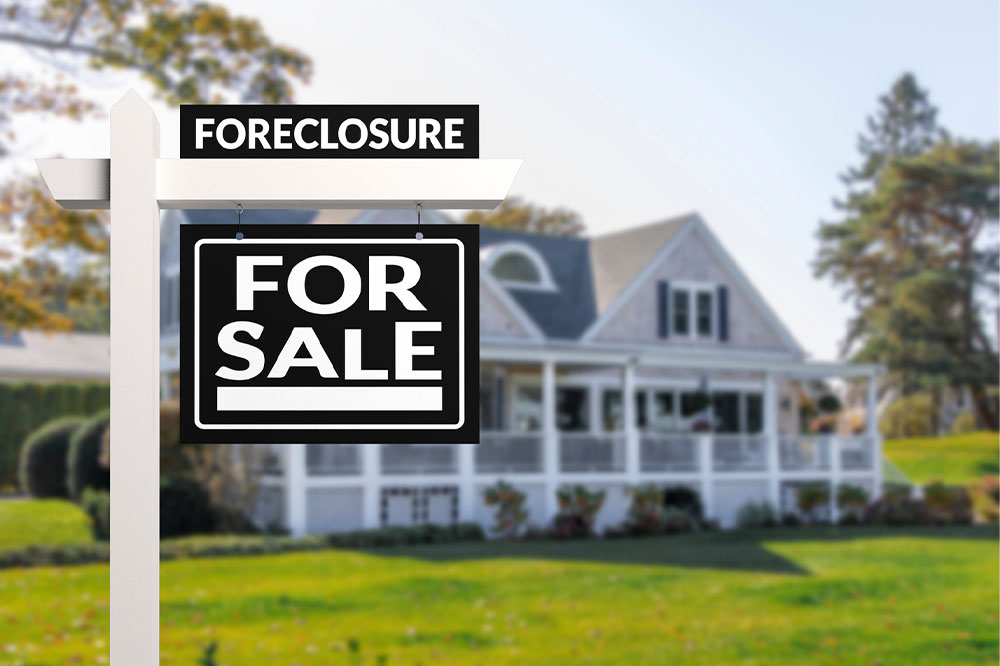Six Practical Ways to Buy a Home Without Taking Out a Mortgage
Discover over 1500 words of proven strategies to purchase your home outright without relying on a traditional mortgage. From downsizing and saving diligently to exploring seller financing and rent-to-own options, this comprehensive guide offers practical solutions for achieving homeownership debt-free. Learn how to leverage partnerships, investment funding, and market insights to make your dream of owning a home a reality without mortgage dependency. Perfect for aspiring homeowners seeking alternatives to conventional financing, this article provides detailed insights into diverse approaches for debt-free property acquisition.

Six Practical Ways to Buy a Home Without Taking Out a Mortgage
Acquiring a home is one of the most significant financial milestones in many people's lives. Traditionally, most homebuyers rely on bank loans or mortgages to finance their property purchases. Mortgages provide an accessible route for many, but they also come with stringent eligibility requirements, including excellent credit scores, sizable down payments, and long-term interest payments. The obstacles associated with traditional financing can make homeownership seem out of reach for some. Fortunately, there are alternative strategies that can enable you to purchase a property outright without the need for a mortgage. This article explores actionable methods to help you buy a home using different approaches, thereby avoiding the traditional mortgage process altogether.
Reduce Expenses to Save for Cash Purchases
One of the most fundamental strategies to buy a home without a mortgage is to prioritize savings. If you have multiple sources of income or a dual-income household, consider structuring your finances so that one income stream is dedicated solely to expenses while the other is allocated entirely to savings. This disciplined approach can help accumulate enough capital to make a full cash purchase when the opportunity arises. By saving diligently and living below your means, you can avoid the interest payments and long-term debt obligations associated with mortgages. Building a substantial savings fund takes time and planning, but the benefits include complete ownership of your property without the burden of monthly mortgage payments.
Downsize Your Living Situation for Affordability
Moving to a smaller, more affordable residence or relocating to less expensive areas can significantly reduce your purchase price, making it easier to buy with cash. Many high-cost regions, such as major metropolitan areas, pose barriers to direct cash purchases due to inflated property prices. Downsizing your current home or relocating to an area with more reasonable property prices can help you save faster and build the necessary funds for a cash purchase. This approach not only decreases your overall financial burden but also increases the likelihood of purchasing a property outright without leveraging a mortgage.
Partner with Investors or Use Investment Funding
For those interested in acquiring investment properties or renovating homes, seeking funding from investors can be an effective strategy. Maintaining a high credit score and saving for larger down payments enhances your credibility and bargaining power. Partnering with investors might involve jointly purchasing a property, sharing the costs, and splitting the profits upon sale or rental income. Alternatively, you could seek private funding or joint venture arrangements where investors provide capital for the purchase and renovation, while you manage the property. This approach allows you to acquire properties without traditional bank loans, enabling a cash-based or near-cash transaction and potential for profit-sharing.
Explore Seller Financing Options
When traditional bank loans are unavailable due to poor credit history, unstable employment, or other financial barriers, seller financing presents a compelling alternative. In this arrangement, the property seller acts as the lender, providing a loan directly to the buyer. Typically, seller financing terms are short-term, spanning three to five years, with the buyer making regular payments until the full loan amount is paid off. At the end of the term, a lump sum payment is often required, or the buyer can refinance through traditional means if eligible. This method involves signing an agreement that promises repayment and transfer of ownership once the terms are fulfilled. While it can be challenging to find sellers open to financing, it remains a viable path for buyers seeking to avoid conventional mortgage procedures.
Utilize Rent-to-Own Agreements
Another innovative approach to homeownership without traditional financing is the rent-to-own model. Under this arrangement, tenants rent the property with the option to buy it later, often within a specified timeframe. Part of the monthly rent payments is allocated toward a future down payment, gradually building equity in the property. Rent-to-own agreements often include contingencies that depend on future financing, so securing traditional mortgage approval remains essential. This option is especially beneficial for individuals working toward meeting credit or income requirements, as it allows them to occupy the home and save simultaneously, paving the way for eventual ownership without immediate mortgage approval.
Partner for Renovations and Flipping Properties
If you’re interested in real estate investment, partnering with a trusted collaborator who can obtain a mortgage to purchase properties for renovation can be an effective strategy. By jointly investing in a property, you can manage the renovation process—improving the property’s value—and then sell it for a profit. The key is to maintain clear agreements regarding profit sharing, responsibilities, and timelines. This method not only enables you to participate in real estate investment without needing to qualify for a mortgage yourself but also helps you build capital over time for future cash purchases. Renovating and flipping properties can be a lucrative activity, especially when aligned with strategic planning and market research.
Stay Updated on Mortgage Trends and Options
The real estate market and financing options are constantly evolving. Keeping informed about new mortgage trends, government programs, and alternative financing products can provide additional pathways to homeownership. Following industry updates through social media platforms like Facebook and Twitter allows you to stay ahead of the latest developments. Networking with real estate professionals and financial advisors can also reveal creative solutions tailored to your specific circumstances.
In conclusion, while traditional mortgages are the standard route for many homebuyers, they are not the only options available. By reducing expenses, downsizing, partnering with investors, exploring seller financing, utilizing rent-to-own agreements, and collaborating on renovation projects, prospective homeowners can successfully acquire properties without taking on a mortgage. Each method requires careful planning, discipline, and sometimes creativity, but the benefits of outright ownership—free from monthly debt obligations—are well worth the effort. Exploring these alternatives expands your options in real estate investment and makes homeownership achievable, even without the conventional financing route.





